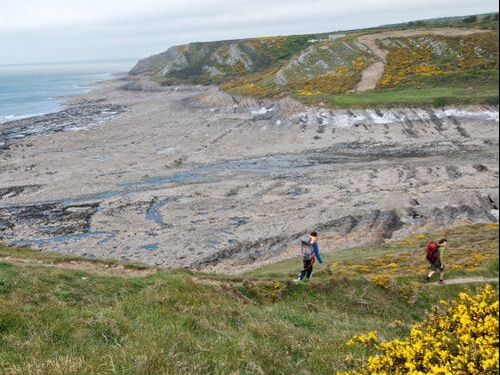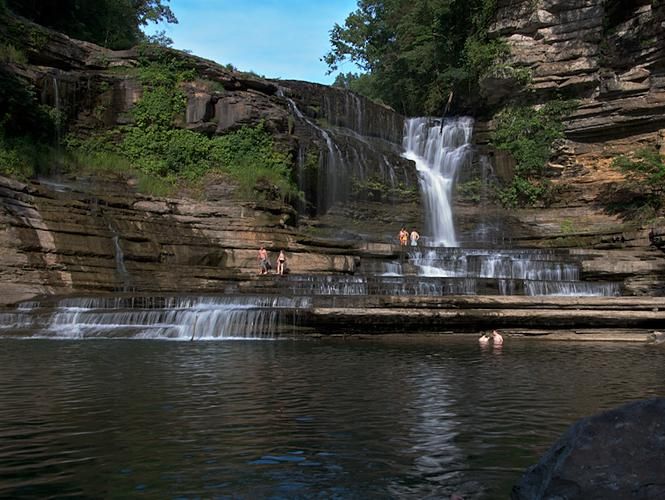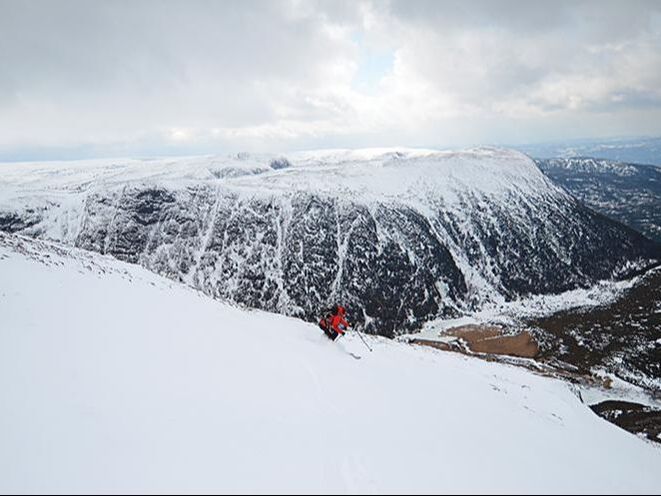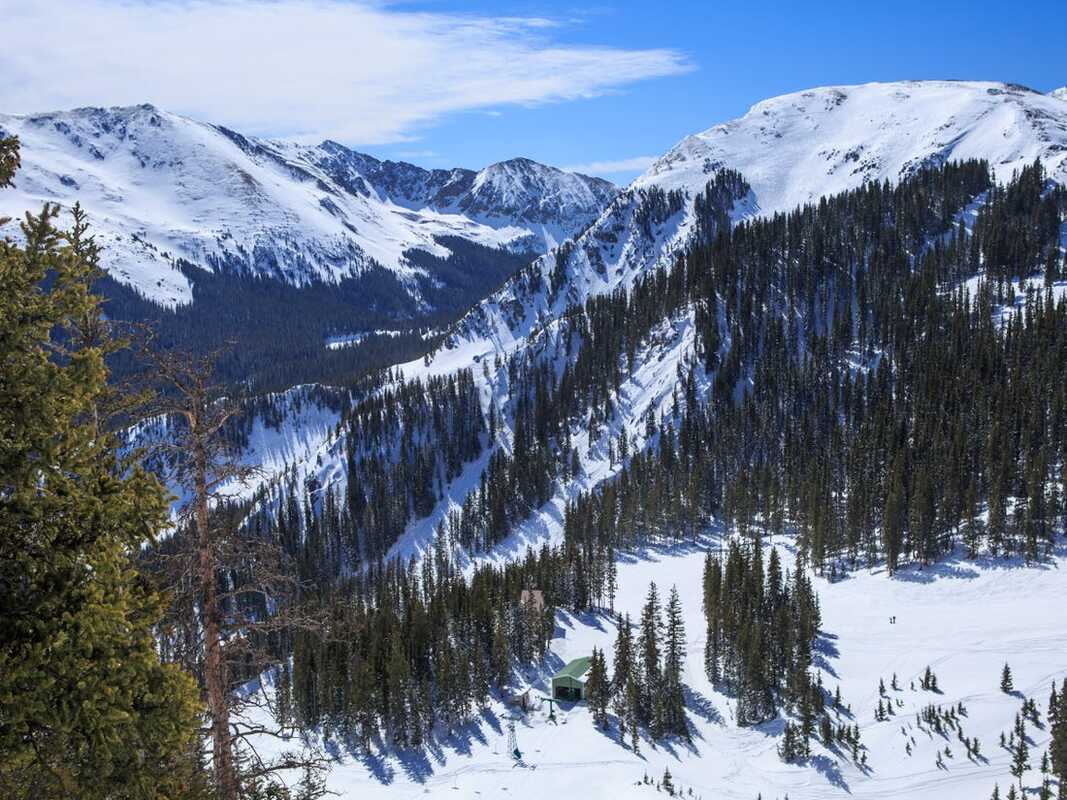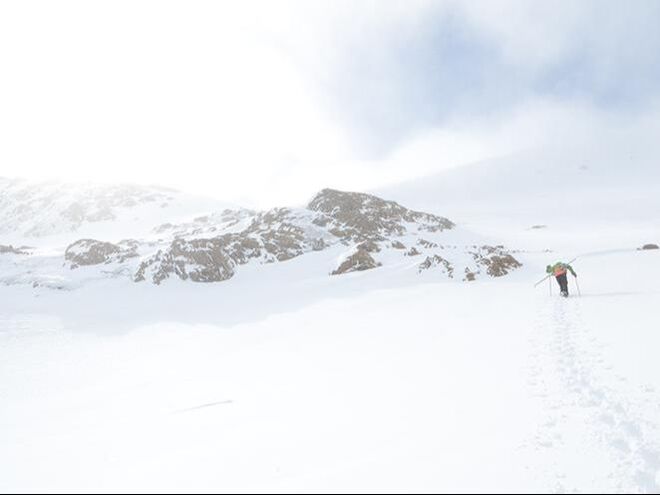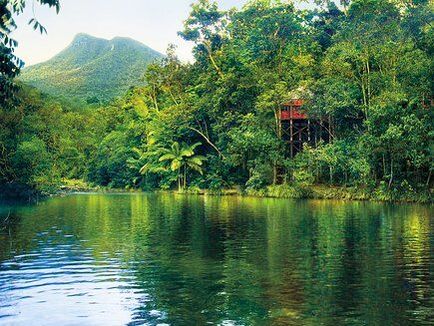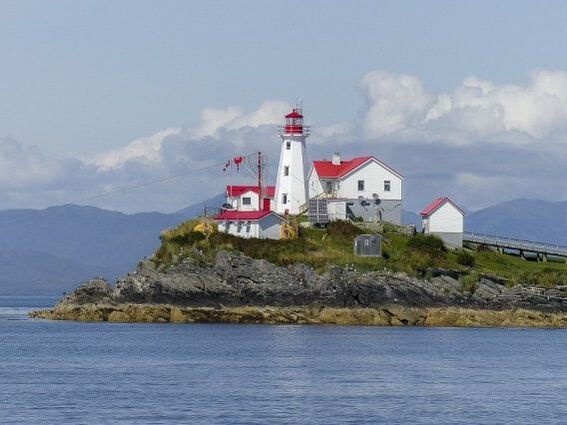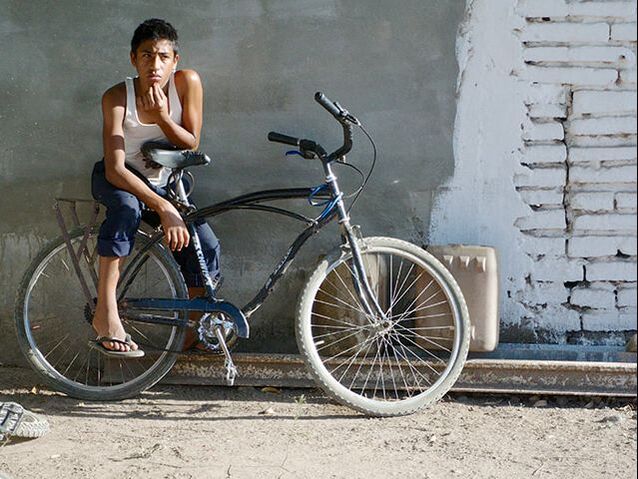- Home
- Technology
- Management
- Health Care
- Earth Sciences
- Particle Physics
- Engineering
- Stories of Turtle Island
- Startup Companies
- The Lost Ships of the Franklin Expedition
- Wildlife
- Archaeology
- Palaeontology
- Architecture, Land Use and Planning
- Politics and International Development
- COVID-19
- University Life
The National Post: A father and son hike the Wales Coast PathWhether sheep are ludicrously brave, or just ignorant of the consequences of a slip on these cliffs is not totally clear to me, but as I assess the web of paths they’ve worn into the Gower Peninsula’s nearly sheer southwestern edge, it is becoming increasingly evident that the English language has unfairly maligned this humble beast. To be sheepish is to lack confidence, to shrink meekly from a challenge. Yet to follow in their hoof prints would require a boldness verging on the suicidal.
Less intrepid than they are, I lead my 11-year-old son along a trail compacted by a far less nimble species: the British walker. Click here for full text |
Canadian Geographic Travel: Exploring Tennessee's waterfallsA drop of rain that falls on Tennessee’s Cumberland Plateau can remain in motion from the moment it parts with the clouds until it rejoins the sea. There isn’t a single natural lake to slow it down in the entire state. Water seems to be falling everywhere on the plateau. Innumerable creeks and rivers dance their way through deep channels they’ve carved into the rugged tableland that bridges the state's Appalachian peaks and the sweltering lowlands of the Mississippi delta.
“Every one of these gorges has a creek,” says Stuart Carroll. “And the water has to get down here somehow. Eventually you’re gonna come to a waterfall.” Click here for full text |
Canadian Geographic Travel: Skiing the Newfoundland backcountry“WINDY ENOUGH FOR YA?”
I can hardly hear Ed English’s words over the wind whistling past my ears, but on the approach road to the Tablelands region of Newfoundland’s Gros Morne National Park there’s no doubt that it’s windy enough for anyone, anywhere, ever. The 120-km-per-hour gusts that have slammed my car door shut twice in 30 seconds could fry a wind turbine. But when a Newfoundlander asks you a rhetorical question the proper response isn’t to proffer an answer; instead you wait for the anecdote that’s guaranteed to follow. Click here for full text |
The National Post: Skiing among the high peaks of the New Mexico desertNew Mexico’s high desert is the kind of place where you can watch someone walk out on you for three full days before they finally fade from view. And even then, the lingering memory of your lost love might be the quiet, guilty hope that the elements got to them before they got to the horizon. It’s a sun-beaten hellscape of lava fields and withered yucca, a land so parched and deserted that they tested a bomb designed to level cities here, and managed to keep it on the downlow.
The skis strapped to passing cars seem little more than a absurd joke. Even at 1,700 metres above sea level, you’d write off anyone who claimed there was a ski area nearby as being either a liar or a fool. After all, you could make it to Mexico in half the time it would take to sit through the latest Quentin Tarantino flick, and you wouldn’t even be risking a speeding ticket if you did. Click here for full text |
Canadian Geographic Travel: 5 places to backcountry ski in eastern Canada and New EnglandSkiing has never really been the sport of the masses, but the rising cost of hitting the slopes combined with the declining expendable income of the middle class has contributed to a decline in the number of skiers climbing aboard the lifts at North American resorts in recent years. Yet as glitzy resorts have struggled, backcountry skiing has been on the rise. With $100 a day lift tickets and $8.50 poutines served in soggy cardboard, it’s hard to blame anyone who is clamoring to earn their turns. It might be the only way they can actually afford to keep at a sport they grew up with.
Not only is backcountry skiing better for your fitness level and your pocketbook, it boasts an authenticity that’s been lost in the carefully controlled development of big-business resorts that measure success in skier numbers and profitability rather than good times had and skills developed. Click here for full text |
Canadian Geographic Travel: Savouring the sights, sounds and tastes of SinaloaDancing skeletons along to the rhythm of hand drums diffused in the crowd growing on Plaza Machado for Dia de los Muertos: Mexico’s Day of the Dead. The sun has just set on a steamy early November day in the city of Mazatlán, in the west-coast Mexican state of Sinaloa, and music hangs in the thick tropical air.
The dancers’ bony black-and-white face paint glows phosphorescent under the streetlights. The procession meanders through the cobblestone maze of Old Mazatlán, led by donkeys pulling rickety wooden carts topped with rapidly emptying beer kegs. Makeshift bartenders pump furiously to fill an endless stream of plastic cups with Mazatlán’s beloved Pacifico — brewed just blocks from here — which fuels the antics as they build to a crescendo. Click here for full text |
Glamping.com: Silky Oaks Lodge, Queensland, Australia“This is the last traffic light on the east coast of Australia,” my driver tells me, wiping a single bead of sweat from his sunburnt brow. “You can drive from here all the way to Cape York, the most northerly point on this continent, without having to stop for another red light.”
Less than 15 minutes after he’s shifted his van back into gear, we’re pulling into Silky Oaks Lodge, and the resorts that line the coast seem infinitely distant. Swaying fields of sugar cane and infinite sea views have given way to the Daintree rainforest’s profusion of green. It is Earth’s oldest living rainforest, estimated to be about 180 million years old. It’s the last remaining relic of a tropical rainforest that once covered all of Australia. Click here for full text |
Canadian Geographic Travel: Cruising the north shore of QuebecON THE MV NORDIK EXPRESS, you won’t find an activities coordinator and, most of the year, you wouldn’t dream of swimming on deck, even if the ship had a pool. But a bunk in a standard cabin will set you back just $65.16 per night and there’s a restaurant buzzing with locals, where a full dinner is less than $20.
Gaze over the rail while sailing and you’ll see a windswept, rocky coastline, with colourful clapboard houses standing sentinel over small fishing fleets anchored in tiny harbours. Look down at your plate in the dining room: it may contain cod tongues. Think Newfoundland? Think again. Quebec’s Lower North Shore is dotted with a string of communities that recall the outports of their island neighbour. It’s been called the forgotten Labrador, but mostly it just seems to have been forgotten. Click here for full text |
Canadian Geographic Travel: Sinaloa photo essay“Sinaloa is a cornucopia,” writes Tyrone Burke in the Winter 2015 issue of Canadian Geographic Travel. The state of Sinaloa sits on the northwest coast of Mexico, and Mazatlán is a foodie’s dream. Small-scale fishermen sell to restaurateurs on city beaches, and markets overflow with local produce.
During his culinary tour of southern Sinaloa, Burke dined at Alfredo Gomez Rubio’s restaurant Pedro y Lola. “Of everything we serve,” Gomez Rubio told him, “I’d say that more than 90 per cent of it comes from right here in Sinaloa.” See the photos below to get a sense of Sinaloa’s special character. For more mouth-watering details, pick up the Winter 2015 issue of Canadian Geographic Travel. Click here for full text |
